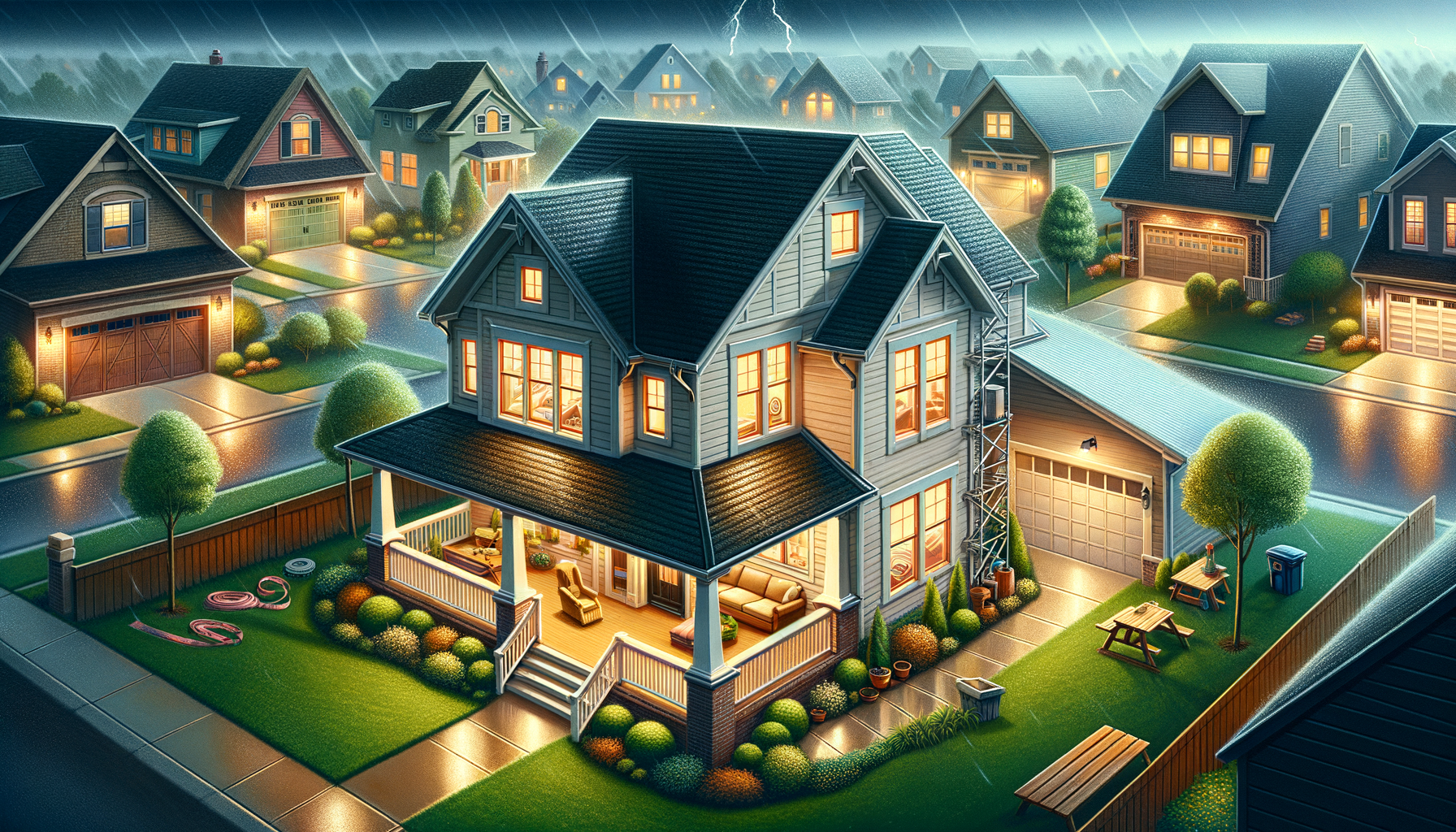Fortifying Your Home: Essential Tips to Protect Against Tornadoes and Twisters

Tornadoes can cause widespread devastation, and protecting your home from these violent storms is crucial. Taking the right precautions can help minimize damage and keep your family safe. Here’s a guide to reinforcing your home and ensuring it withstands the harsh winds and debris associated with tornadoes.
Understanding the Basics
First, it’s important to know what makes a home vulnerable during a tornado. Typically, high winds and flying debris are the main threats. Reinforcing your home’s structure and securing potential projectiles are key steps in tornado-proofing.
Strengthen Your Home’s Structure
The roof is one of the most critical parts of your home during a tornado. Ensure your roof is anchored properly to the walls, using metal clips or straps. These metal connectors bind the roof and walls tightly, making it less likely to be ripped off by strong gusts. Inspect your roof regularly for loose shingles and replace them promptly.
Windows and Doors
Windows and doors are vulnerable points in any home. Installing impact-resistant windows can significantly reduce the risk of breakage. Consider adding storm shutters for an extra layer of protection. For doors, ensure they have at least three hinges and a deadbolt lock. Garage doors, often overlooked, should be reinforced with metal bracing to withstand high winds.
Safe Rooms
One of the best ways to protect your family is by having a safe room. This could be a basement or a specially constructed room designed to withstand tornado-force winds. Safe rooms adhere to FEMA guidelines and are built to prevent the penetration of debris. If constructing a new safe room is not feasible, identify a small, windowless interior room on the lowest floor of your home, such as a closet or bathroom, as your go-to safe space.
Landscaping and Yard Maintenance
Keeping your yard clean and free of potential projectiles is another preventive measure. Regularly trim trees and shrubs, removing any dead branches. Store garden furniture, tools, and other loose items indoors during tornado watches or warnings to prevent them from becoming dangerous missiles.
Insurance and Documentation
While structural reinforcements are crucial, ensuring you have comprehensive homeowner’s insurance can provide financial security. Standard homeowner’s insurance policies often cover tornado damage, but it’s wise to review the specifics with your insurer. Additionally, maintain an updated inventory of your belongings, including photos and receipts, to streamline potential claims.
Community and Disaster Preparedness
Being part of a well-prepared community can enhance safety during tornadoes. Join or start a local neighborhood group focused on disaster preparedness. Community members can share resources, tips, and provide mutual support. Familiarize yourself with your area’s emergency sirens and alerts, and ensure every family member knows the tornado emergency plan.
In summary, protecting your home from tornadoes involves a combination of structural upgrades, smart landscaping, and insured valuables. By taking these precautions, you’re not only safeguarding your property but also ensuring the safety and peace of mind of your loved ones. Making these improvements now can make a significant difference when tornado season arrives.
